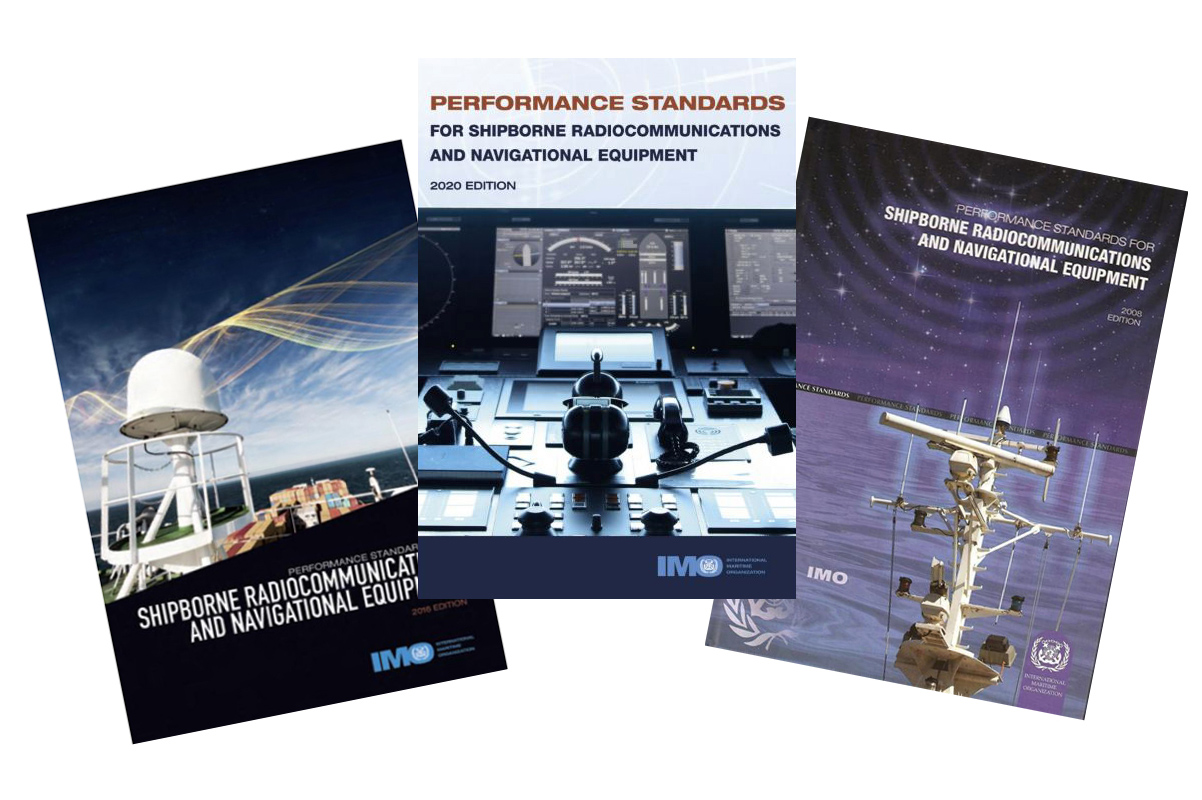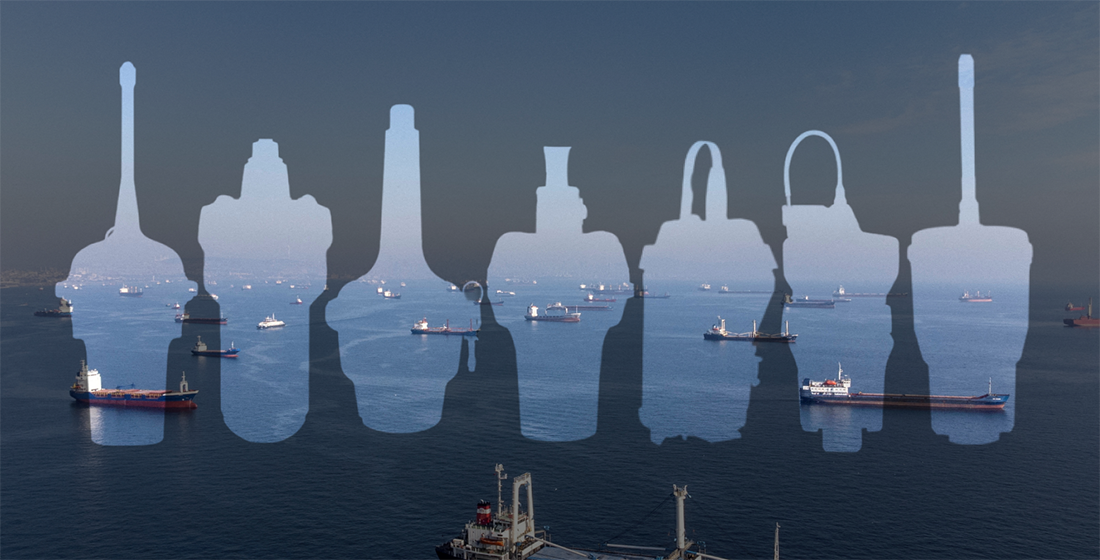Performance Standards for GMDSS equipment
When we carry out the annual performance tests of the GMDSS equipment, the main task is to check whether the equipment is working properly, in accordance with predefined standards.
GMDSS equipment should be designed and installed in such a way that it is easily accessible for inspection during Annual Safety Radio Survey and onboard maintenance purposes.
During the survey, various malfunctions may be detected, however, they are not always the reason for the delay of the ship in port.

SOLAS IV/15.8 says:
«While all reasonable steps shall be taken to maintain the equipment in efficient working order to ensure compliance with all the functional requirements specified in regulation IV/4, malfunction of the equipment for providing the general radiocommunications required by regulation IV/4.8 shall not be considered as making a ship unseaworthy or as a reason for delaying the ship in ports where repair facilities are not readily available, provided the ship is capable of performing all distress and safety functions»
Therefore, It Is Strongly Recommended To Test GMDSS Equipment And Carry Out Performance Tests To Ensure That It Meets The Following Performance Standards:
General requirements:
-
Resolution A.694(17): General requirements for shipborne radio equipment forming part of the Global Maritime Distress and Safety System (GMDSS) and for electronic navigational aids
VHF equipment:
-
Resolution MSC.511(105): Performance standards for shipborne VHF radio installations capable of voice communication and digital selective calling
-
Resolution MSC.515(105): Performance standards for survival craft portable two-way VHF radiotelephone apparatus
-
Resolution MSC.80(70), annex 1: Recommendation on Performance standards for on-scene (aeronautical) portable two-way VHF radiotelephone apparatus
-
Resolution MSC. 516(105): Amendments to the Performance standards for radiocommunication equipment (Resolution MSC.80(70)
MF and HF equipment:
-
Resolution MSC.507(105): System performance standard for the promulgation and coordination of maritime safety information using high-frequency narrow-band direct-printing
- Resolution MSC.508(105): Performance standards for the reception of maritime safety information and search and rescue related information by MF (NAVTEX) and HF
-
Resolution MSC.512(105): Performance standards for shipborne MF and MF/HF radio installations capable of voice communication, digital selective calling and reception of maritime safety information and search and rescue related information
Ship earth stations and enhanced group call (EGC) equipment:
-
Resolution MSC.306(87): Revised performance standards for enhanced group call (EGC) equipment
-
Resolution MSC.434(98): Performance standards for a ship earth station for use in the GMDSS
-
Resolution MSC.513(105): Performance standards for Inmarsat-C ship earth stations capable of transmitting and receiving direct-printing communications
Integrated radiocommunication systems:
-
Resolution MSC.517(105): Performance standards for a shipborne integrated communication system (ICS) when used in the Global Maritime Distress and Safety System (GMDSS)
Emergency position-indicating radio beacons:
-
Resolution A.662(16): Performance standards for float-free release and activation arrangements for emergency radio equipment
-
Resolution MSC.471(101): Performance standards for float-free emergency position-indicating radio beacons (EPIRBs) operating on 406 MHz
Search and rescue transmitters and transponders:
-
Resolution MSC.510(105): Performance standards for search and rescue radar transponders
-
Resolution MSC.246(83): Performance standards for survival craft AIS search and rescue transmitters (AIS-SART) for use in search and rescue operations
By Olga Davydova





Be the first to comment